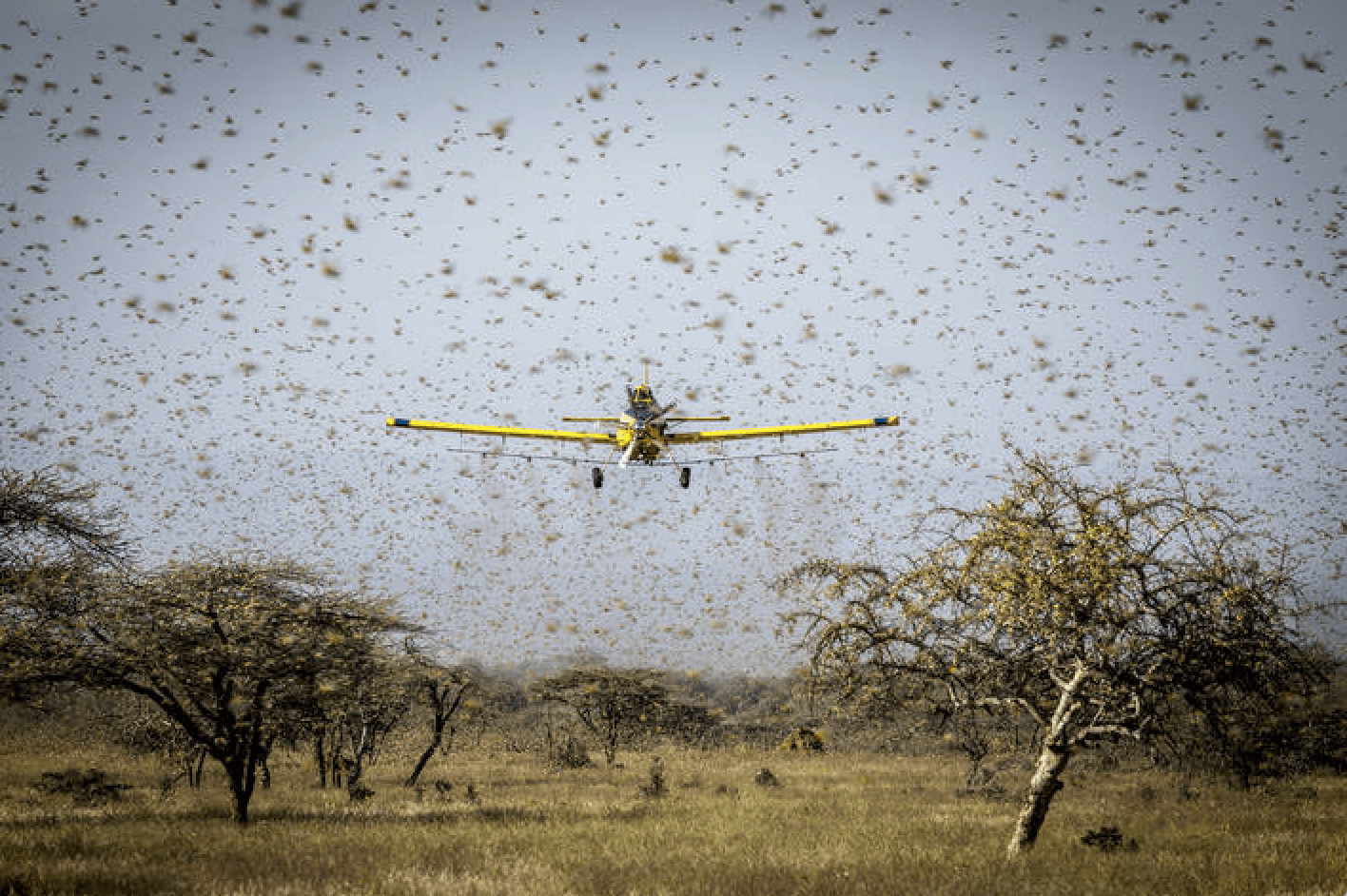How the East African locust swarms endanger lives
Desert locusts are eating their way through East Africa on a scale not seen in decades. These migratory pests travel from field to field destroying either crops meant for human consumption or grasslands on which herders graze their livestock. It is estimated that a swarm the size of one square kilometer can eat as much food in a day as 35,000 people.
Right now, Ethiopia and Somalia are experiencing its worst locust situation in 25 years. For parts of Kenya, the swarms are larger than they have been in the last 70 years. These massive swarms are threatening to plunge this vulnerable region deeper into crisis.
On the line with me to help explain the desert locust situation is Keith Cressman of the UN Food and Agriculture Organization. He has been studying desert locusts for decades — in fact, he is the senior desert locust forecasting officer at the UN FAO. In our conversation, he explains why we are seeing this historic upsurge in desert locusts in East Africa, their impact on the lives and livelihoods of people in this region, and what can be done to control the swarms and mitigate their impact.
Get the Global Dispatches Podcast
Apple Podcasts | Google Podcasts | Spotify | Stitcher | Radio Public
A transcript of this conversation is available here:
